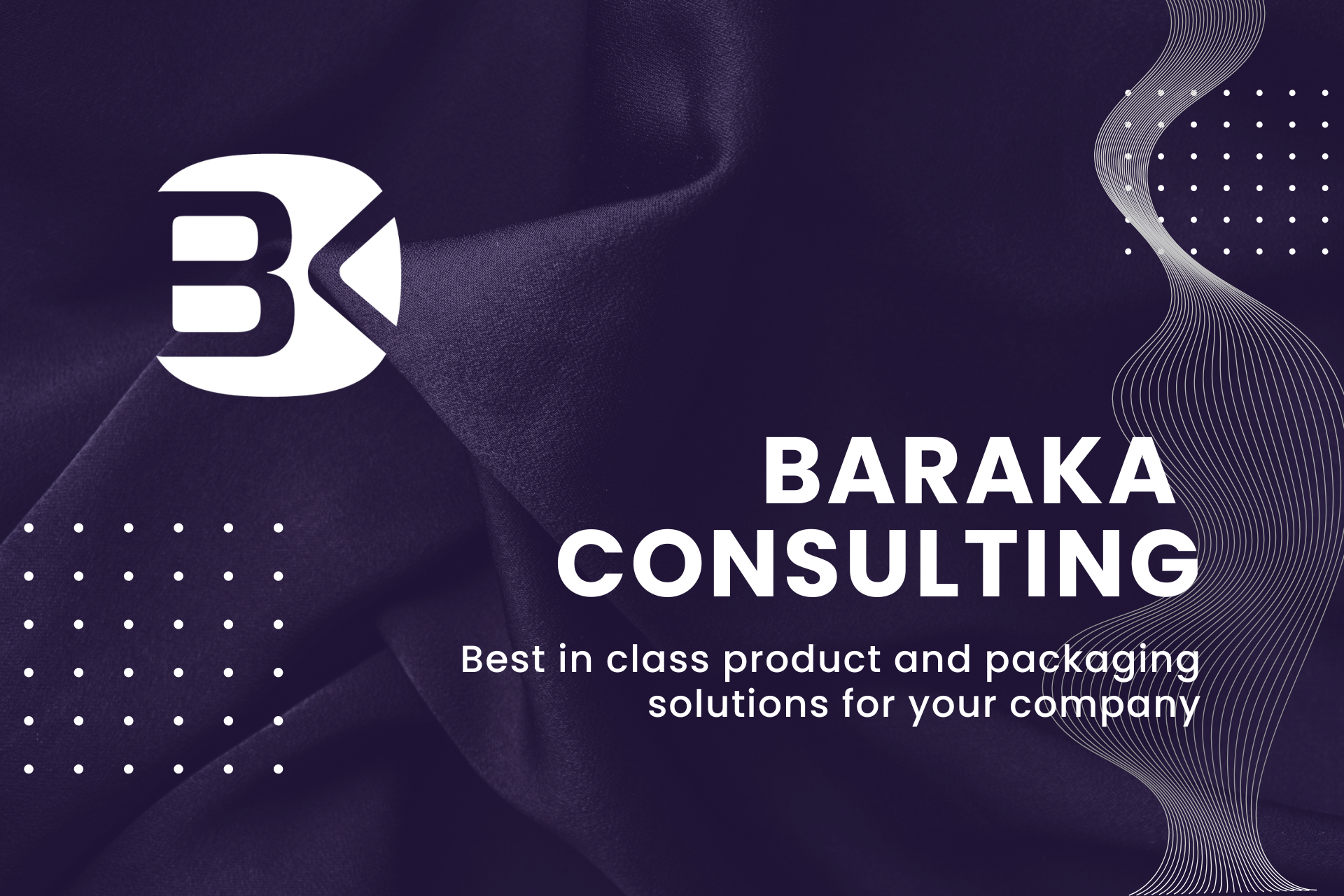Technical Evaluation for Packaging: Steps to Follow
Discover the essential steps for conducting a technical evaluation for packaging. Learn how to assess materials, design, and functionality to ensure optimal performance and sustainability in your packaging solutions. Perfect for professionals seeking to enhance their packaging strategies.
Technical Evaluation for Packaging: Steps to Follow
In the ever-evolving landscape of product development and distribution, packaging plays a crucial role in ensuring product integrity, safety, and market appeal. A comprehensive technical evaluation of packaging is essential to meet these objectives, as it involves a systematic assessment of materials, design, functionality, and compliance with industry standards. This process not only safeguards the product but also enhances its marketability by aligning with consumer expectations and regulatory requirements. By following a structured approach to technical evaluation, businesses can optimize packaging solutions that are both cost-effective and environmentally sustainable, ultimately contributing to a product's success in the competitive marketplace. This introduction outlines the key steps involved in conducting a thorough technical evaluation for packaging, providing a roadmap for businesses to achieve excellence in their packaging strategies.
Optimizing Packaging Solutions: A Comprehensive Guide to Technical Evaluation for Product Success
Optimizing packaging solutions is a critical component in ensuring product success, as it directly impacts cost efficiency, sustainability, and consumer satisfaction. A comprehensive guide to technical evaluation in this domain involves a multi-faceted approach that considers material selection, structural design, and environmental impact. By conducting thorough assessments of packaging materials, companies can identify options that not only protect the product but also align with sustainability goals, such as reducing carbon footprint and enhancing recyclability. Structural design evaluation ensures that the packaging is not only aesthetically pleasing but also functional, providing ease of use and maximizing space efficiency during transportation and storage. Additionally, understanding consumer preferences and regulatory requirements is essential in tailoring packaging solutions that meet market demands while adhering to legal standards. Ultimately, a well-executed technical evaluation can lead to innovative packaging solutions that drive product success by balancing performance, cost, and environmental considerations.
Comprehensive Technical Evaluation for Innovative Packaging Solutions: Balancing Cost, Sustainability, and Consumer Satisfaction
In today's rapidly evolving market, the demand for innovative packaging solutions is at an all-time high. Companies are increasingly tasked with developing packaging that not only meets the functional requirements of protecting and preserving products but also aligns with broader goals of cost-effectiveness, sustainability, and consumer satisfaction. A comprehensive technical evaluation of these packaging solutions involves a multi-faceted approach. This includes assessing the materials used, the environmental impact of production and disposal, and the overall cost implications. Additionally, consumer preferences play a crucial role, as packaging must appeal to the end-user in terms of aesthetics, convenience, and perceived value. Balancing these factors requires a deep understanding of both the technical aspects of packaging materials and the market dynamics that influence consumer choices.
In conclusion, achieving the right balance in innovative packaging solutions is a complex but essential task for businesses aiming to thrive in a competitive landscape. By conducting thorough technical evaluations, companies can identify packaging options that not only reduce costs and minimize environmental impact but also enhance consumer satisfaction. This holistic approach ensures that packaging solutions are not only innovative but also sustainable and economically viable. As consumer awareness and environmental concerns continue to grow, the ability to deliver packaging that meets these diverse criteria will be a key differentiator for companies looking to maintain a competitive edge and foster long-term customer loyalty.




